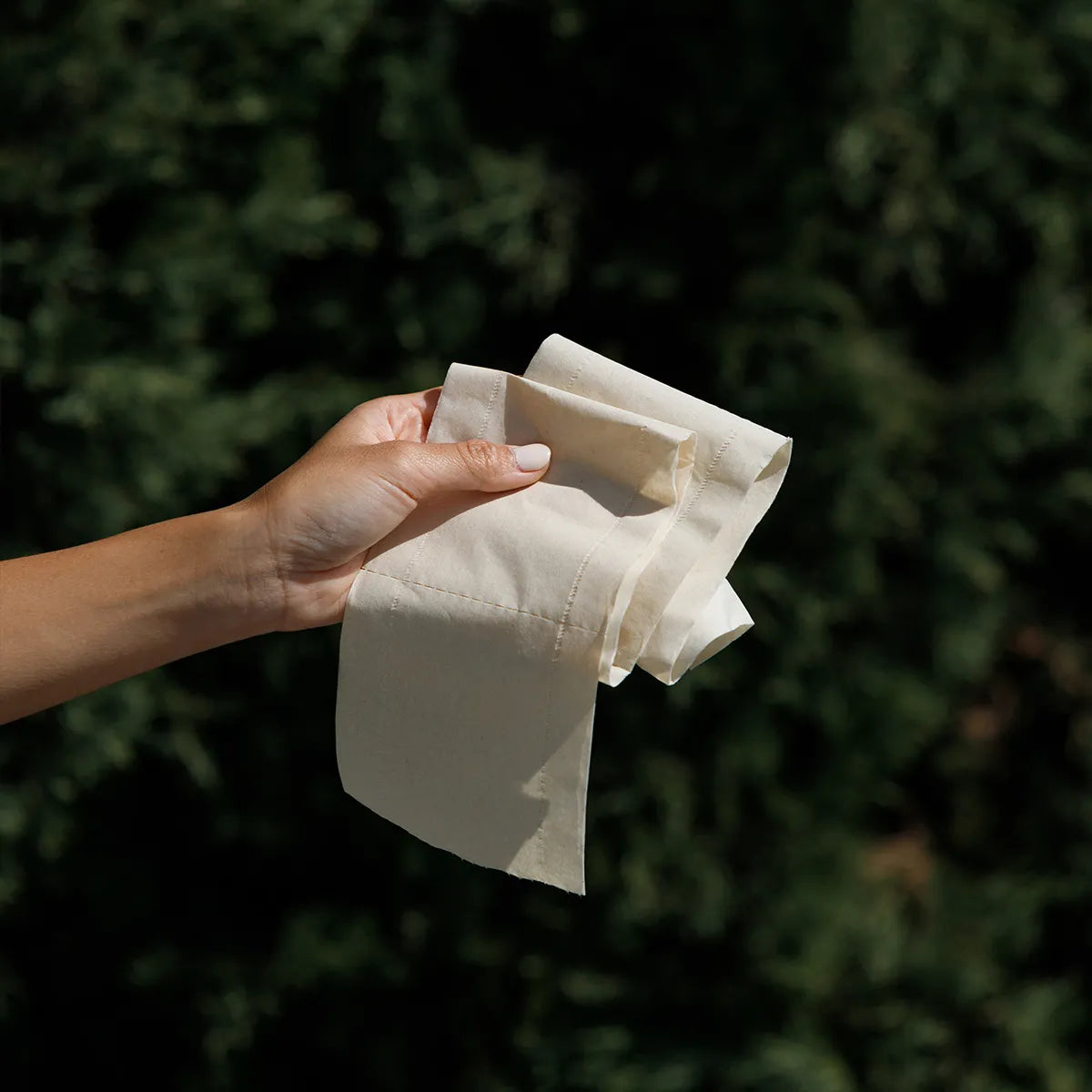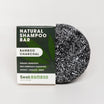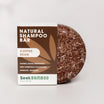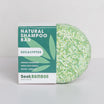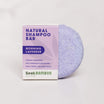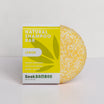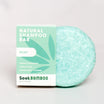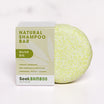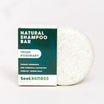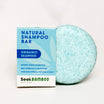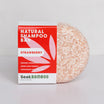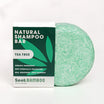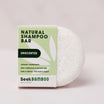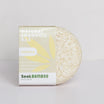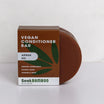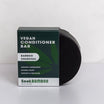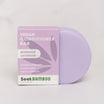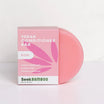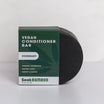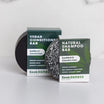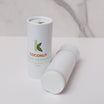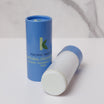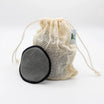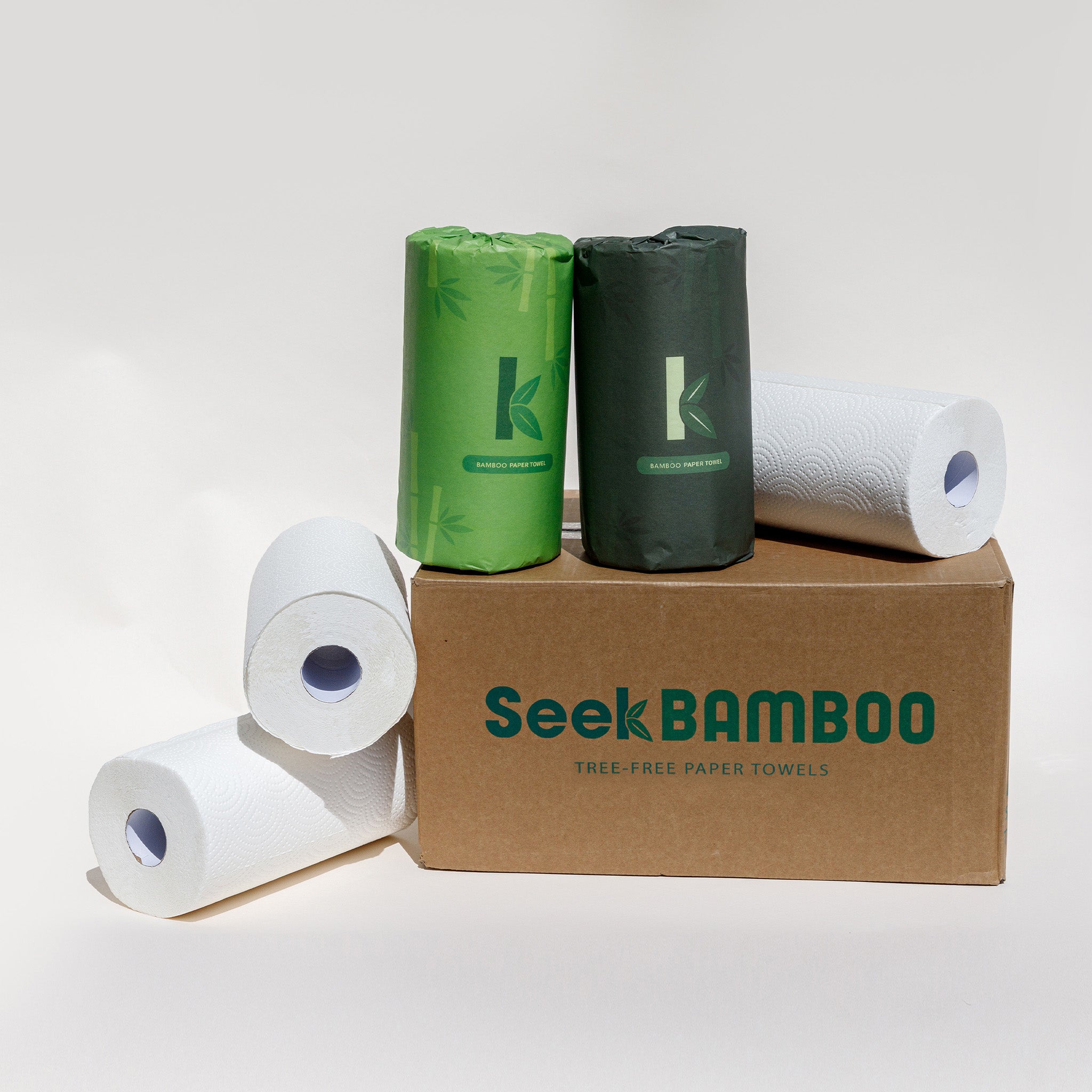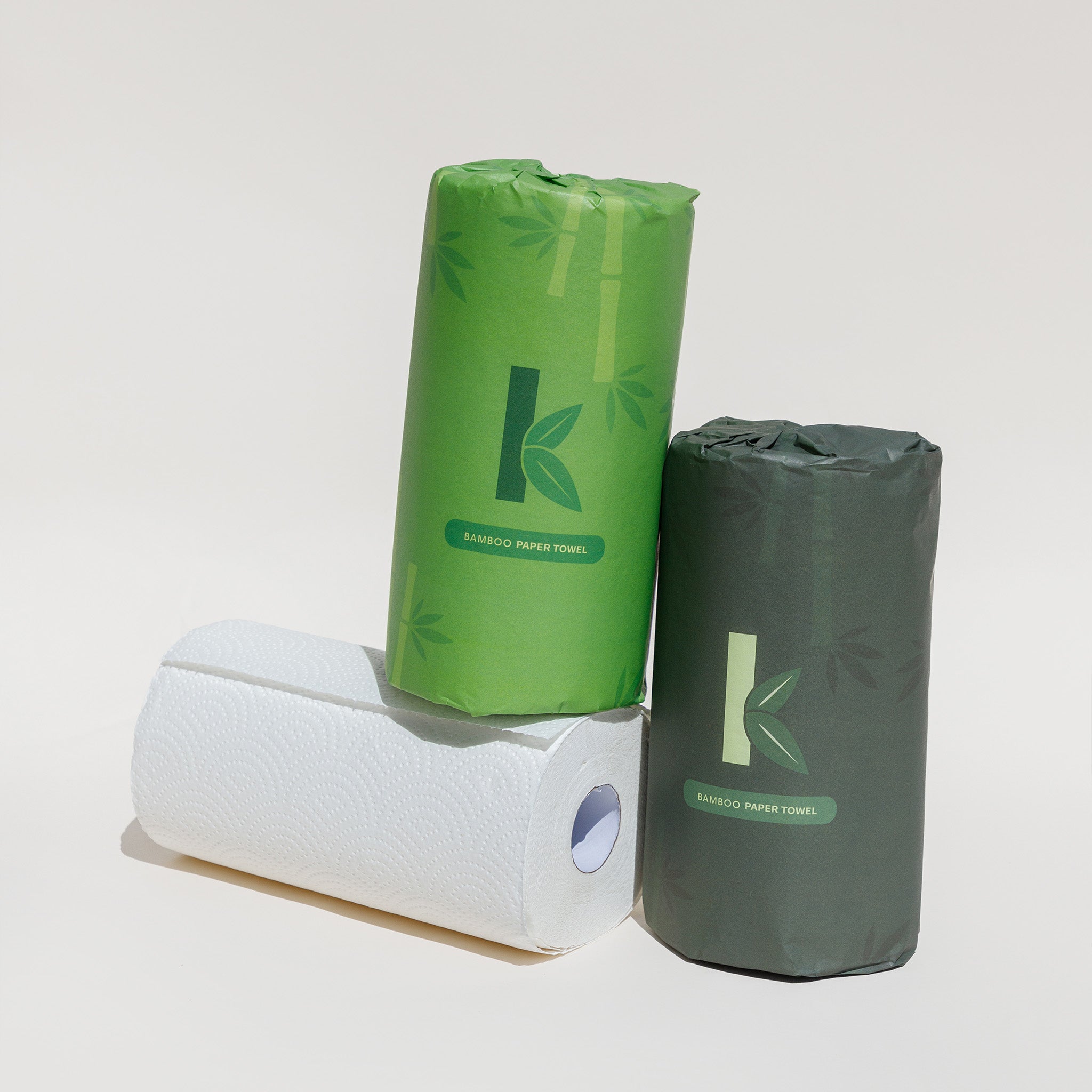In the realm of botanical wonders, few plants possess the mystique and intrigue quite like bamboo. A botanical time traveler, bamboo's growth rate seems to bend the laws of nature, captivating our imagination with its rapid ascension from the earth. But as we embark on this journey to uncover the truth behind bamboo's growth, we're about to delve into a story that's as much about patience, resilience, and the delicate interplay of elements as it is about speed.
Unlike the burst of a fireworks display, bamboo's growth doesn't unfold in a single instant. Rather, it's an unfolding saga, a tale of intricate progress that demands our attention and curiosity. In this exploration, we'll dive beneath the surface to unravel the fascinating details of how bamboo grows, from the emergence of tender shoots to the secrets of its remarkably swift expansion.
Bamboo growth is a masterclass in adaptation, showcasing its responsiveness to environmental cues and its unique ability to flourish in diverse climates. As we venture deeper, we'll discover the role of sunlight, soil composition, water availability, and the choreography of temperature in orchestrating the intricate dance of bamboo's growth.
Yet, amidst the details, there lies an enchanting paradox. While bamboo's growth may not be the dramatic spectacle of an overnight transformation, it's a testament to nature's artistry and the silent determination of a plant that defies expectations. Through our journey, we'll explore the nuanced differences between bamboo species, understanding why some exhibit explosive leaps in height, while others choose the steady rhythm of measured progress.
As we navigate the landscape of bamboo growth, we'll also address the common questions that arise—Can bamboo grow overnight? How tall can it get in a year? Can it truly grow fast enough to be visible in a day? These questions fuel our quest to uncover the magic woven into bamboo's growth, separating fact from fiction and unearthing the science that fuels its astonishing expansion.
So, whether you're a gardener seeking to understand this unique plant's potential, a curious mind intrigued by nature's wonders, or simply someone who marvels at the beauty of the world around us, join us on this expedition into the heart of bamboo growth. As we journey through bamboo's intricate tapestry of growth, we'll unravel the mysteries, appreciate the subtleties, and gain a profound appreciation for a plant that reminds us that nature's most extraordinary stories unfold with every sunrise and every gentle breeze.
Bamboo Is A Great Resource
Bamboo needs to be harvested to keep growing, which makes it a great renewable resource. In addition, bamboo needs less irrigation and is naturally pest resistant, which decreases the need for pesticides. In addition, bamboo can be harvested in a way that protects the local ecosystem and allows bamboo farmers to live in harmony with the earth.
For all these reasons, we love household items that can be made from bamboo instead of being made from traditional wood or plastic materials. Switching to bamboo products can have a big impact on our environmental footprint. The small choices we make each day add up, and bamboo products will help us reduce our waste production and protect the planet for future generations.
In a lot of cases the bamboo experience in everyday household items is on par or exceeding the quality of the plastic alternative. Bamboo can be as tough as plastic yet soft as cotton. Combining that with the fact that bamboo grows wicked fast it's pretty clear that this renewable resource has a growing following of people looking to eliminate plastic use in their daily lives.
We have so many options when we choose to switch to bamboo products. We might switch to bamboo toilet paper, reusable bamboo paper towels, or bamboo toothbrushes. Bamboo can be turned into products that can work in every room of our home. It is great to know the products we are using help maintain the world's ecosystems for generations to come.
How Fast Can Bamboo Grow?

Bamboo growth is a captivating process that unfolds over time, offering a unique perspective on plant development. While not a daily spectacle, bamboo's growth rate is a testament to its resilience and adaptability.
Bamboo's growth occurs in bursts during its active growing season, which varies depending on the bamboo species and the local climate. Unlike some plants that show visible growth each day, bamboo takes a more measured approach. Instead of sprouting upwards every day, bamboo showcases its vitality through periodic surges.
Picture this: within the span of weeks, delicate shoots emerge from the ground, gracefully reaching for the sky. These young shoots can experience impressive growth, ranging from just a few inches to several feet, depending on the conditions and the bamboo variety. This rapid development is particularly evident during optimal growing conditions.
But what truly sets bamboo growth apart is the intricate interplay of factors that influence its progress. Sunlight acts as the plant's energy source, fueling photosynthesis and growth. Temperature and water availability shape the speed at which bamboo reaches for the sky. The composition of the soil determines the nutrient supply that fuels this journey.
Bamboo Growth Differs
Bamboo's growth isn't uniform across all species. Some types of bamboo exhibit more explosive growth, adding height with notable speed. Others follow a steadier rhythm, emphasizing gradual development and resilience.
In essence, bamboo growth is a reflection of the intricate harmony between the plant and its environment. While the daily growth might not be visible to the naked eye, each day contributes to the overall progress. Bamboo's gradual yet remarkable expansion symbolizes the beauty of nature's patient and persistent evolution.
As you explore the world of bamboo growth, you uncover the delicate balance between nature's elements and the plant's response. Bamboo teaches us that growth is a journey shaped by numerous factors, each contributing to the final masterpiece. So, while you might not witness bamboo growing in leaps and bounds on a daily basis, the story of its growth remains a captivating study in adaptation and resilience.
How Fast Does Bamboo Grow In A Day?
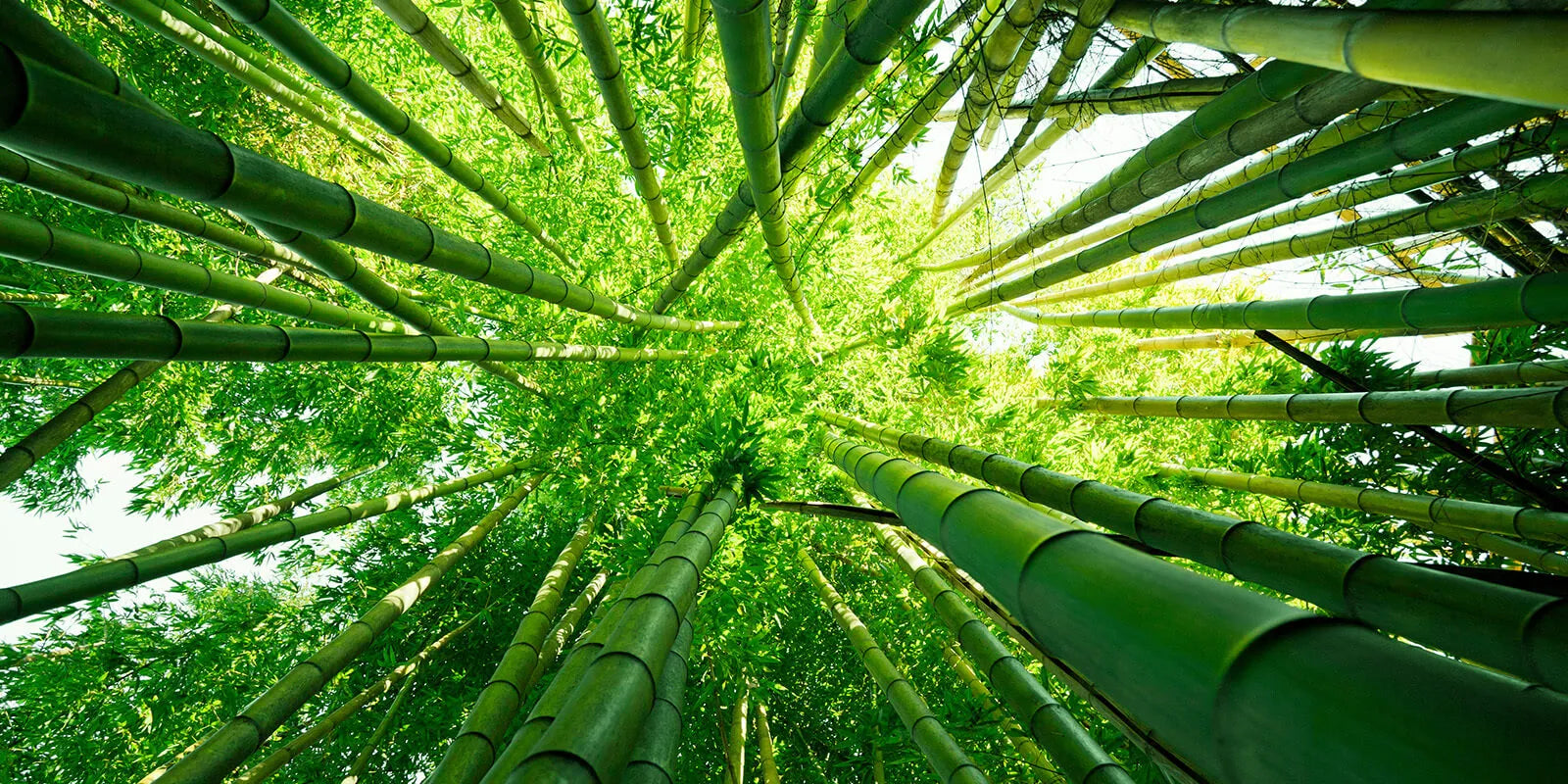
As we delve into the intriguing world of bamboo growth, the question that often sparks curiosity is: just how fast can bamboo truly grow in a single day?
Bamboo Growth Per Hour
Under optimal conditions, certain bamboo species have been documented to grow up to one inch (approximately 2.54 centimeters) or more per hour during their peak growing season. This remarkable growth rate is a testament to the resilience and adaptability of bamboo as it capitalizes on favorable environmental factors like ample sunlight, rich soil, and adequate moisture. However, it's essential to note that not all bamboo species grow at the same pace, and growth rates can vary based on factors such as species, climate, and the overall health of the plant. Nonetheless, bamboo's hourly growth is a testament to its reputation as one of the fastest-growing plants on Earth.
Bamboo Growth Per Day
On average, some bamboo species can grow anywhere from 1 to 4 inches (approximately 2.54 to 10.16 centimeters) per day during their peak growing season. However, certain species have been known to exhibit even more accelerated growth rates, potentially reaching up to 36 inches (91 centimeters) or more within a 24-hour period. This incredible daily growth rate highlights bamboo's exceptional ability to capitalize on favorable factors like ample sunlight, nutrient-rich soil, and consistent moisture. Keep in mind that actual growth rates may vary depending on the specific bamboo species and environmental conditions. Nevertheless, bamboo's daily growth remains a remarkable feat in the world of botany.
Bamboo Growth Per Week
Bamboo's growth rate per week continues to showcase its impressive vigor. On average, during the growing season, many bamboo species can achieve growth of approximately 1 to 2 feet (about 30 to 60 centimeters) per week. This equates to approximately 4 to 8 inches (about 10 to 20 centimeters) of growth per day over the course of a week. However, it's important to note that the actual growth rate can vary significantly depending on factors such as the specific bamboo species, environmental conditions, and the quality of care it receives. Nonetheless, this rapid weekly growth rate illustrates bamboo's remarkable ability to thrive and expand rapidly, making it a popular choice for a variety of applications, including landscaping and sustainable resource production.
Bamboo Growth Per Month
During the peak growing season, many bamboo species can achieve growth of approximately 3 to 4 feet (about 91 to 122 centimeters) per month. This translates to roughly 1 to 1.33 inches (about 2.5 to 3.4 centimeters) of growth per day over the course of a month. However, it's important to keep in mind that the actual growth rate can vary based on factors such as the specific bamboo species, environmental conditions, and the care it receives. Nevertheless, this monthly growth rate underscores bamboo's ability to thrive and expand rapidly, making it a valuable and sustainable resource for various applications, from construction to landscaping.
Bamboo Growth Per Year
Many bamboo species can achieve growth ranging from 20 to 40 feet (approximately 6 to 12 meters) in a single year, depending on environmental conditions and care. This annual growth rate showcases bamboo's rapid expansion and makes it one of the fastest-growing plants on Earth. Keep in mind that the exact growth rate can vary based on factors such as species, climate, soil quality, and maintenance practices. Nonetheless, bamboo's ability to attain substantial height and thickness within a year makes it a valuable resource for various applications, including construction, furniture, and sustainable products.
Bamboo Growth In Conclusion
In the realm of daily transformations, bamboo might not steal the spotlight with the speed of an overnight sensation. Its growth doesn't mirror the dramatic leaps that capture our attention in the span of a mere 24 hours. Instead, bamboo's growth is a slow yet persistent narrative, a testament to its quiet determination and its partnership with the elements.
Unlike a sprinter surging forward, bamboo's growth unfolds in a more leisurely manner. Each day, it contributes to the overall tapestry of expansion. You won't wake up to find bamboo towering dramatically taller, but its progress is both steady and relentless.
Imagine a bamboo shoot breaking through the surface, its tender emergence into the world marking the beginning of its journey. Over the course of days and weeks, it stretches its limbs, inching skyward in response to nature's cues. This gradual growth is a result of sunlight's energy, soil's nourishment, and the rhythmic dance of water and temperature.
While we may not witness bamboo growing visibly taller within a single day, it's this measured growth that crafts bamboo's unique charm. In fact, some bamboo species have been known to achieve remarkable feats, gaining several inches in a single day during their peak growing season. This growth can be astonishing, though it unfolds incrementally.
As we marvel at bamboo's ability to adapt and flourish, it's worth remembering that its growth isn't about rushing to a finish line. Instead, it's an orchestration of growth factors working in harmony to create a masterpiece that's as much about the journey as it is about the destination.
So, while bamboo's growth may not be a whirlwind sprint that can be seen in the span of a day, its gradual and persistent expansion is a tribute to the resilience of life and the wonder of nature's patient hand. The story of bamboo growth is one that whispers of dedication, cooperation, and the beauty of every subtle step taken on its journey to the sky.
Where Does Bamboo Grow The Fastest?
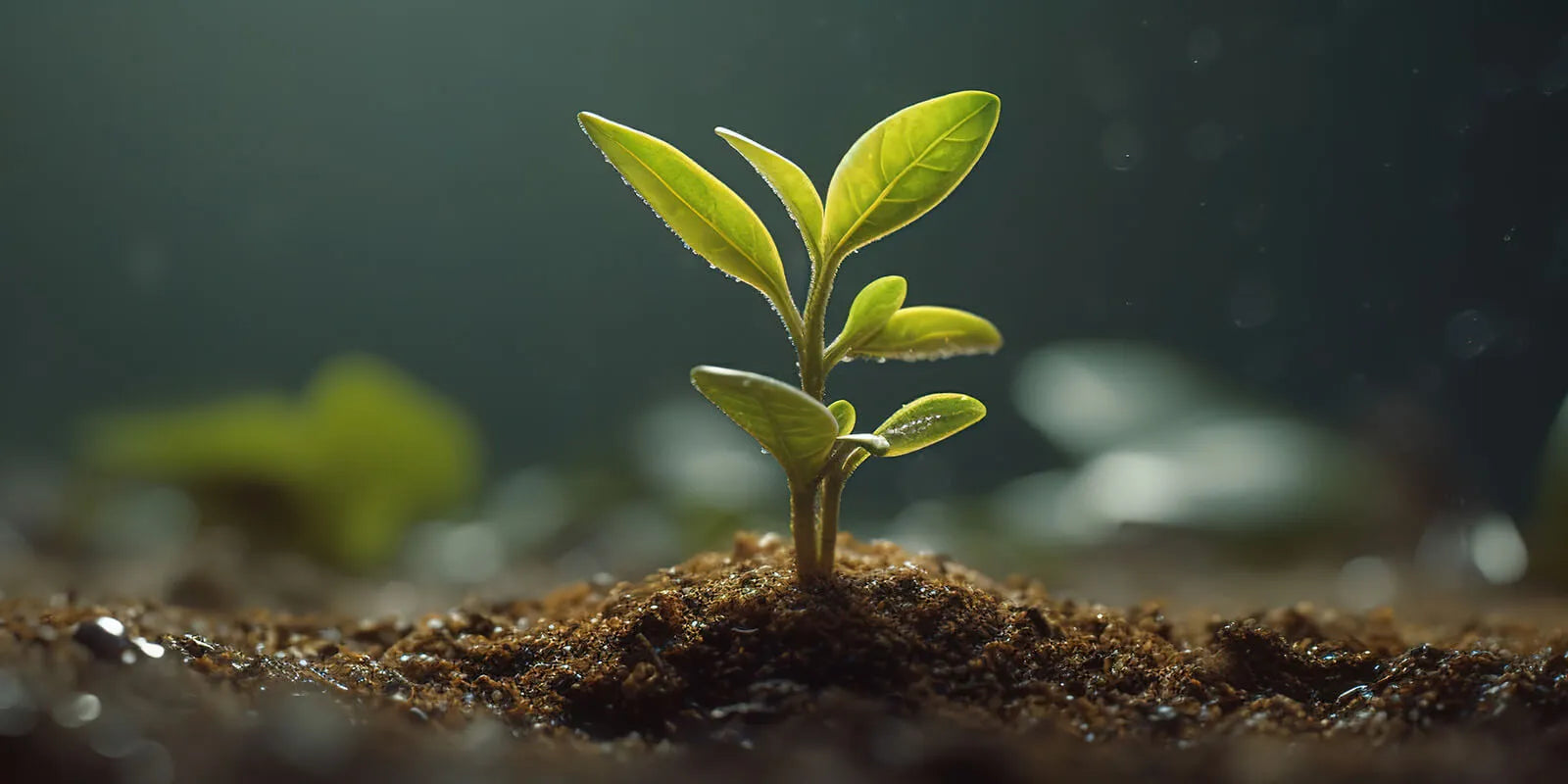
Venturing into the realm of bamboo growth, we find ourselves on a quest to unveil the secrets of its favored landscapes—the places where bamboo unfurls its magic with remarkable speed. So, where does bamboo grow fastest, and what exactly is the climate it craves?
Bamboo, in all its splendor, thrives most abundantly in regions where nature's elements dance in harmony. From the tropical rainforests of Southeast Asia to the temperate mountains of East Asia, bamboo has found its muse in a variety of climates.
Tropical realms hold a special allure for bamboo, as the humid embrace of rainforests provides the ideal backdrop for its accelerated growth. Here, in lands where sunlight filters through a lush canopy, bamboo sprouts seem to reach for the sky with astonishing vitality. The warmth, ample rainfall, and rich soils of these regions create an environment that nourishes bamboo's ambition for growth.
But don't be mistaken—bamboo's adaptability is a testament to its resilience. It doesn't solely reserve its artistry for tropical locales. In the temperate zones of East Asia, where mountains frame the horizon, bamboo thrives just as exuberantly. The combination of moderate temperatures, generous rainfall, and well-draining soils has transformed these regions into bamboo sanctuaries.
While tropical and temperate realms offer bamboo their own unique embrace, it's the moisture-laden air and gentle climate that truly set the stage for rapid growth. The ideal climate for bamboo is one that balances warmth with humidity, creating an environment where each day ushers in a little more magic, a little more growth.
As we explore the world of bamboo's preferred habitats, we discover that its growth is an artistic collaboration between geography and climate. It's a dance of elements that invites bamboo to unfurl its potential, and it's this harmonious partnership that elevates bamboo to a symbol of nature's artistic brilliance.
So, whether it's beneath the dappled sunlight of a tropical rainforest or on the slopes of a temperate mountain, bamboo finds its rhythm where the earth's rhythms echo its own. The next time you encounter a stand of bamboo swaying gently in the breeze, remember that it's a testament to the places where nature's canvas is painted with the colors of rapid growth and an ideal climate.
What Factors Affect Bamboo Growth?
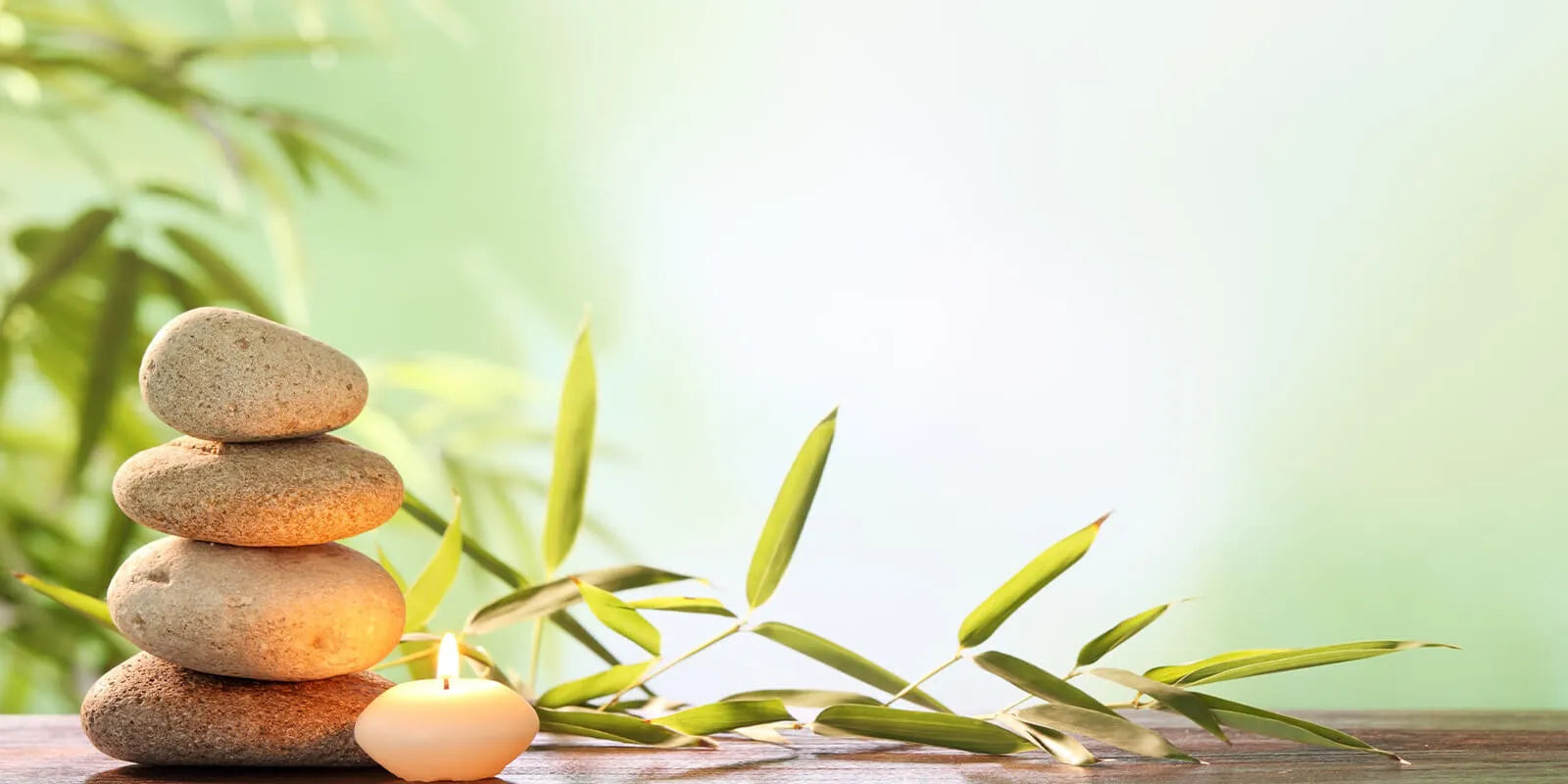
As we delve deeper into the captivating realm of bamboo growth, it's essential to unravel the intricate web of factors that shape its remarkable journey. Bamboo's growth is a symphony composed of numerous elements, each playing a unique role in its dance towards the sky.
Sunlight, like a nurturing conductor, sets the tempo for bamboo's growth. This radiant energy fuels the process of photosynthesis, enabling the plant to convert sunlight into the nutrients that power its expansion. The intensity and duration of sunlight orchestrate the rate at which bamboo reaches for new heights.
Yet, sunlight alone isn't the sole composer of this symphony. Temperature, a conductor of a different kind, contributes to the rhythm of growth. Bamboo has a particular fondness for moderate temperatures—conditions that are neither too scorching nor too frosty. In these sweet spots of climate, bamboo's growth takes on a harmonious cadence.
But what would a composition be without the rhythm section? Enter water and soil—the dynamic duo that lays the foundation for bamboo's flourishing. Adequate water availability, much like a steady beat, ensures that bamboo's thirst is quenched, enabling it to surge forward. Meanwhile, well-draining soil provides a stable stage for the roots, offering the perfect support for vertical growth.
It's worth noting that bamboo growth is a conductor of adaptability, adjusting its tempo to suit its surroundings. Different bamboo species have their preferences, showcasing a diversity of growth patterns. Some species prefer a more intense tempo, growing inches in a day during their prime. Others opt for a steadier pace, emphasizing gradual, consistent growth.
In this botanical symphony, one mustn't forget the role of nutrition—the unsung hero that provides the essential notes for bamboo's melodies. Soil composition, enriched with nutrients, nurtures bamboo's growth and vitality, much like an orchestra's musicians draw their strength from a well-balanced meal.
And so, the tale of bamboo growth is a harmonious collaboration of sunlight, temperature, water, soil, and an orchestra of factors too numerous to count. With each day that passes, bamboo embarks on a journey of adaptation, resilience, and growth—a journey orchestrated by nature itself.
As we peel back the layers of this symphony, we gain a deeper appreciation for the intricate dance that unfolds. Bamboo's growth is a reminder that nature's most splendid performances are not singular moments but the accumulation of days, each playing its part in a grand composition that celebrates life's eternal rhythm.
How Much Water Does Bamboo Need To Grow?
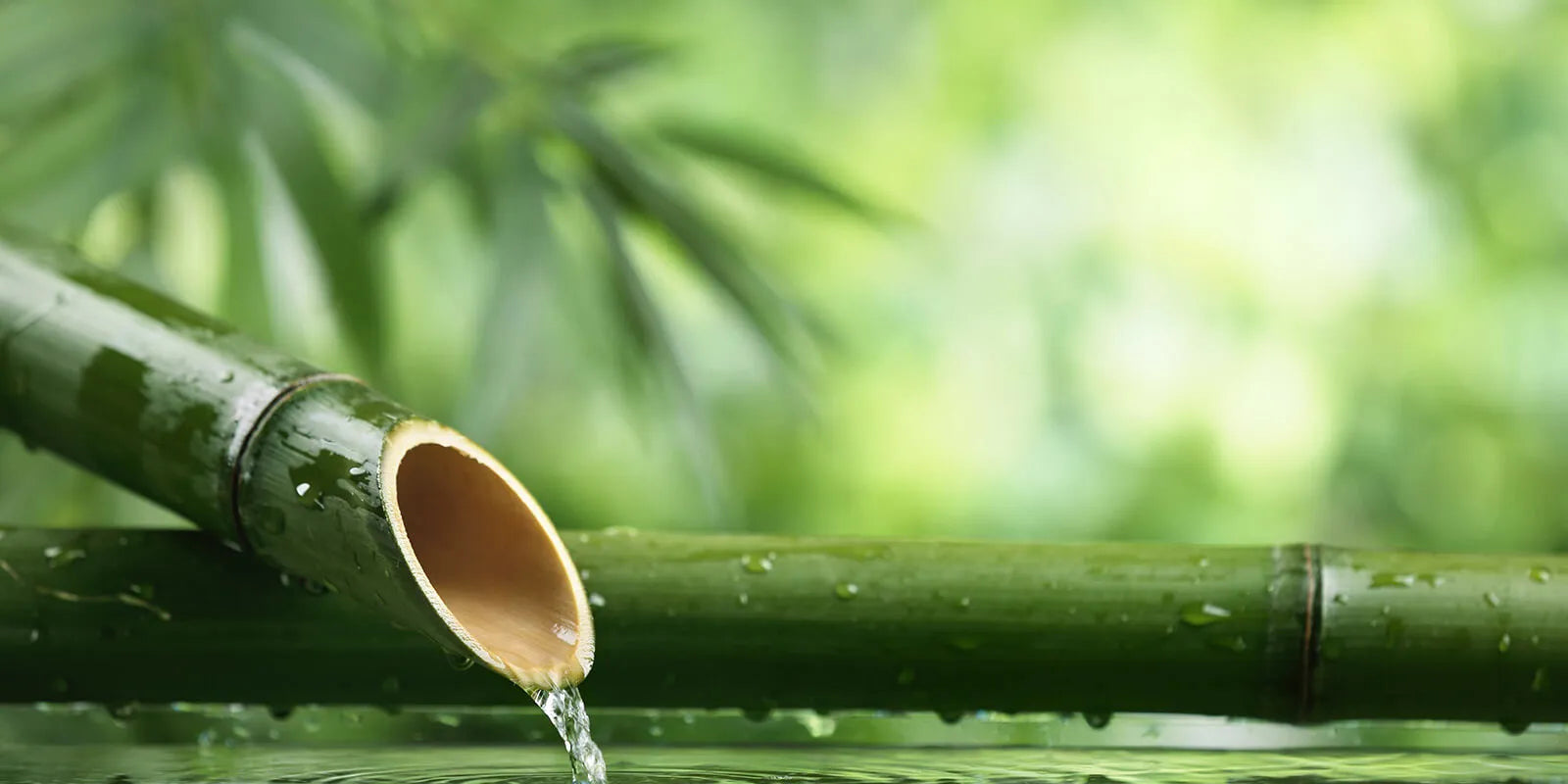
In the enchanting saga of bamboo's growth, the role of water is an elemental force, shaping the rhythm of its existence. But just how much water does this botanical wonder require to flourish in its dance with nature? Let's delve into the specifics of bamboo's water needs and the orchestration of growth.
On average, bamboo seeks a harmonious balance when it comes to water intake. It's not an insatiable thirst, but a calculated draw that aligns with its surroundings. In tropical rainforests, where humidity and rainfall reign supreme, bamboo thrives in the midst of generous moisture. The equatorial embrace bestows upon bamboo the water it needs, often eliminating the need for additional irrigation.
However, even outside the lush tropics, bamboo maintains its graceful equilibrium. In temperate climates, bamboo's water requirements adapt, mirroring the changing seasons. During the active growing season, which typically occurs in warmer months, bamboo draws water from the soil like a seasoned performer drawing breath before a crescendo.
As a general guideline, bamboo's water needs average around 1 to 1.5 inches (2.5 to 3.8 cm) of water per week. This measurement considers rainfall and supplemental irrigation combined. The key lies not in inundation but in consistent hydration. Bamboo prefers even moisture distribution, avoiding both waterlogged conditions and prolonged dry spells.
Watering bamboo is an art form in itself—a balance of providing enough hydration without overindulgence. Monitoring the moisture levels of the soil, particularly during the growing season, helps ensure bamboo's well-being. Mulching the base of the bamboo with organic matter aids in retaining moisture and prevents rapid evaporation.
Remember, the dance of water with bamboo is a harmonious duet that sustains growth and nurtures vitality. With each drop absorbed by its roots, bamboo grows not just in stature but in the intricate relationship it weaves with the elements. As you tend to your bamboo grove, know that your nurturing touch adds to this symphony—a melody of life, growth, and the shared journey of plant and planet.
What Is The Fastest Growing Bamboo Species?
In the enthralling tapestry of bamboo growth, one species stands out as a true sprinter, captivating us with its exceptional speed and vigor. Meet the champion of rapid growth in the bamboo world: Phyllostachys edulis, commonly known as Moso bamboo.
Moso bamboo doesn't just grow; it surges. This remarkable species, often referred to as the "Giant Bamboo," holds the crown for being one of the fastest-growing plants on Earth. Much like an athlete breaking records, Moso bamboo has been known to astound with its growth rate, shooting skyward with an almost visible momentum.
Imagine this: under the right conditions, a Moso bamboo shoot can grow over a foot a day. Yes, you read that correctly—more than twelve inches within a mere twenty-four hours. This botanical phenomenon is a testament to Moso bamboo's incredible vitality and its ambition to reach great heights in the shortest time possible.
Moso bamboo harnesses the power of its native environment to achieve this remarkable feat. With its thick culms and lush foliage, it forms a verdant tapestry that can rise several stories high in a matter of weeks. The combination of ample sunlight, rich soil, and optimal temperature creates a growth environment that allows Moso bamboo to flourish with unparalleled enthusiasm.
But it's not just about speed—Moso bamboo's growth also carries a sense of resilience. It endures, even as it reaches for the sky at such astonishing speeds. This speed and vigor have earned it a special place in the hearts of bamboo enthusiasts and those who appreciate the marvels of the natural world.
So, in the story of bamboo's growth, Moso bamboo emerges as the sprinter, the contender for the title of "fastest-growing." As we marvel at its feats, we're reminded that nature's wonders are as diverse as they are captivating—a reminder that even in the botanical world, some species are destined to break the mold and set records of their own.
Is The Speed Of Bamboo Growth What Makes it Eco-Friendly?
In the enchanting symphony of sustainable alternatives, bamboo emerges as a star performer—a green virtuoso that goes beyond its rapid growth to compose a melody of eco-friendliness in harmony with the Earth. While its swift growth is undoubtedly remarkable, the allure of bamboo as an eco-friendly choice extends far deeper.
Bamboo's eco-friendliness is woven into its very essence. Its renewable nature is a testament to its commitment to a sustainable future. Unlike traditional hardwoods that require decades to mature, bamboo reaches maturity within just a few years. This accelerated life cycle means that bamboo can be harvested without depleting forests or causing irreparable harm to ecosystems.
But the beauty of bamboo's eco-friendliness doesn't stop at its rapid growth. Bamboo's roots hold soil in place, preventing erosion and fostering healthy landscapes. Its fallen leaves create a natural mulch that enriches the soil as it decomposes. The very act of growing bamboo aids in carbon sequestration, as it absorbs and stores carbon dioxide—a key player in mitigating the impacts of climate change.
Bamboo's cultivation demands minimal intervention from chemicals or pesticides, further reducing its environmental footprint. Its resilience against pests and diseases is a reminder that nature, when allowed to flourish, finds its own equilibrium. The use of bamboo in products minimizes the need for harsh chemicals that harm the environment and compromise human health.
Moreover, bamboo's versatility lends itself to an array of eco-friendly applications. From sustainable construction materials and textiles to biodegradable packaging and utensils, bamboo crafts a path to a greener world. Its ability to regenerate quickly ensures a consistent supply for these alternatives, reducing the strain on ecosystems and contributing to the reduction of waste.
Choosing bamboo isn't just about speed—it's about embracing a holistic approach to sustainability. It's about nurturing an ecosystem that thrives, not just survives. Bamboo's eco-friendly essence touches not only the products it creates but also the lands it graces and the lives it impacts.
So, as we marvel at bamboo's remarkable growth rate, let's also applaud its contribution to a planet yearning for more sustainable choices. In the narrative of eco-friendliness, bamboo emerges not just as a symbol of rapidity but as a beacon of balance—a testament that our choices, when aligned with nature, can weave a tapestry of harmonious coexistence.
In the remarkable tapestry of sustainable solutions, bamboo emerges as a true luminary—a versatile champion that paints a canvas of eco-friendly alternatives to the pervasive realm of plastic. But its significance goes far beyond the surface—it's about transforming our choices and sculpting a more sustainable tomorrow.
Bamboo's journey as an eco-friendly alternative to plastic is a celebration of nature's ingenuity. Beyond its rapid growth, bamboo is a renewable resource that replenishes swiftly, making it an ideal candidate for replacing plastics that take centuries to decompose. Every bamboo-based product offers a step away from the persistent plastic cycle, a stride towards a greener path.
Imagine this: as you reach for a bamboo toothbrush, you're not just choosing an oral care tool. You're choosing a brush crafted from a resource that renews itself in a fraction of the time it takes for plastic to degrade. This seemingly small act resonates with a commitment to reducing the plastic burden on our planet—a commitment that echoes with each brush stroke.
Bamboo's versatility transforms it into an eco-friendly alternative for various plastic items. From cutlery and straws to containers and packaging, bamboo steps in as a material that speaks to our times. It's a testament to innovation, as bamboo's strength and adaptability ensure that these products are not just green, but also practical and durable.
But the story doesn't end with its production—it continues through the lifecycle of these products. Bamboo's biodegradability means that when its role is fulfilled, it gracefully returns to the earth, without leaving a lasting trace. Contrast this with the lasting impact of plastic, whose remnants linger for generations.
Bamboo's emergence as an eco-friendly alternative is an invitation to rewrite our consumption narrative. By choosing bamboo, we're not just selecting products; we're participating in a movement that embraces sustainability. It's a call to step away from the status quo and towards a world where our choices harmonize with nature's rhythms.
So, whether it's a bamboo toilet paper, a bamboo toothbrush, or bamboo paper towels crafted from this resilient resource, know that your choice is more than a mere replacement—it's a pledge to respect the environment, to honor the Earth's gifts, and to leave a legacy of mindful living. In the dance towards a plastic-free future, bamboo takes center stage as a conductor of change—a beacon of hope in a world seeking balance.
The lightning-paced growth of bamboo is a fascinating phenomenon that has captured the imagination of many. This remarkable speed can be attributed to a combination of factors deeply ingrained in the very essence of bamboo's botanical makeup.
At the heart of bamboo's rapid growth lies its ingenious rhizome-based root system. Unlike traditional trees that invest a significant amount of energy in expanding their root systems, bamboo channels its resources into vertical growth. This rhizome strategy enables bamboo to swiftly send up new shoots without the prolonged preparatory phase required by conventional plants.
Adding to this botanical prowess is the sheer efficiency of bamboo's photosynthetic capabilities. Its leaves, arranged in a way that maximizes sun exposure, transform solar energy into nutrients with remarkable proficiency. This accelerated photosynthesis acts as a natural turbocharger for its growth engine, propelling it skyward.
Furthermore, bamboo boasts a unique culm structure. Its hollow, cylindrical culms provide strength without the burden of excessive weight. This structural ingenuity allows bamboo to soar upward without expending excess energy on support, unlike the stout trunks of traditional trees.
Lastly, the symbiotic relationship between bamboo and its environment plays a significant role. Often found in regions with abundant rainfall and rich soil, bamboo thrives in conditions that provide an abundance of nutrients and water, essential for fueling its rapid growth spurt.
In essence, bamboo's rapid growth can be attributed to its strategic allocation of resources, efficient photosynthesis, innovative culm structure, and its harmonious connection with its surroundings. As a living embodiment of nature's ingenuity, bamboo stands as a testament to the remarkable ways in which the plant kingdom adapts and thrives in diverse ecosystems.
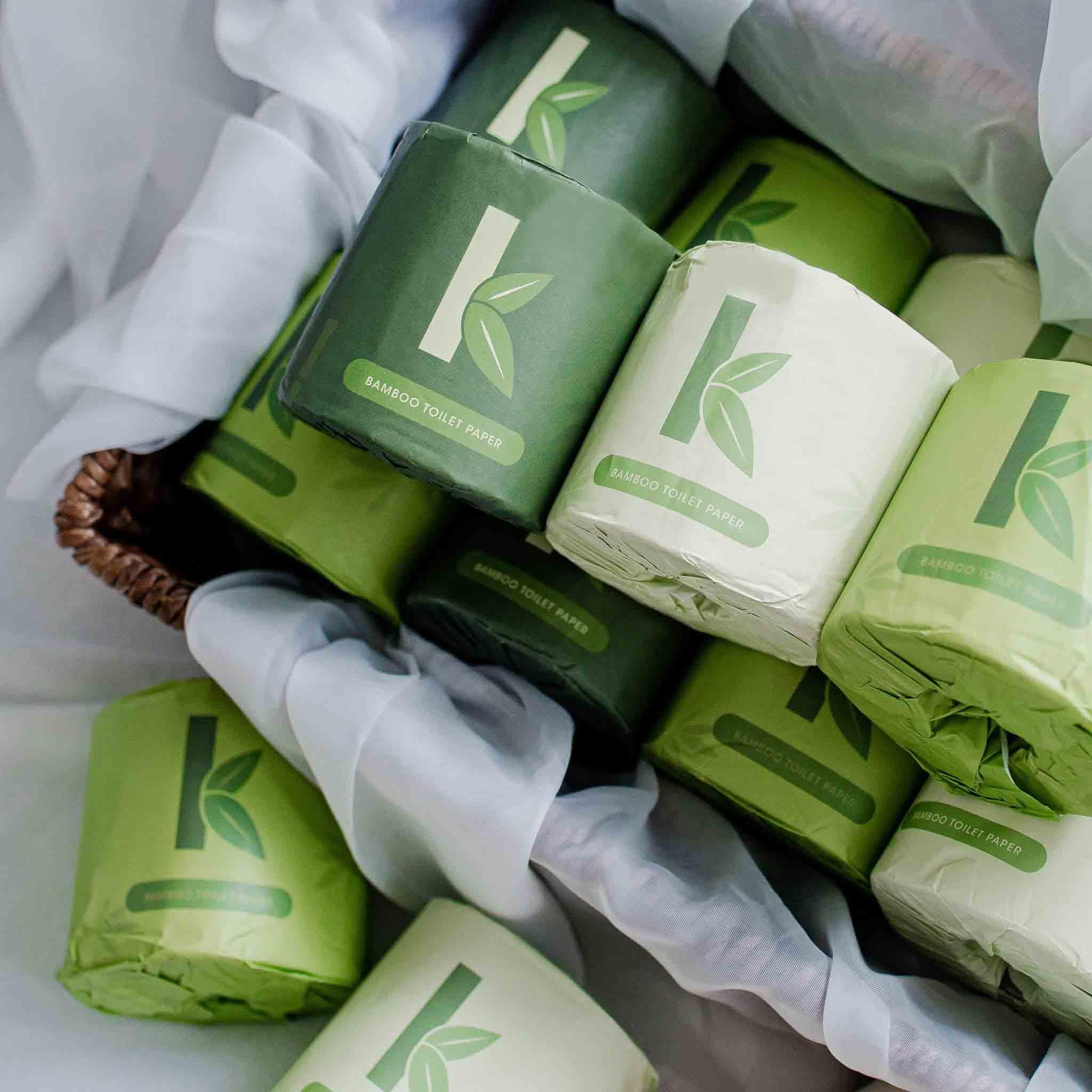
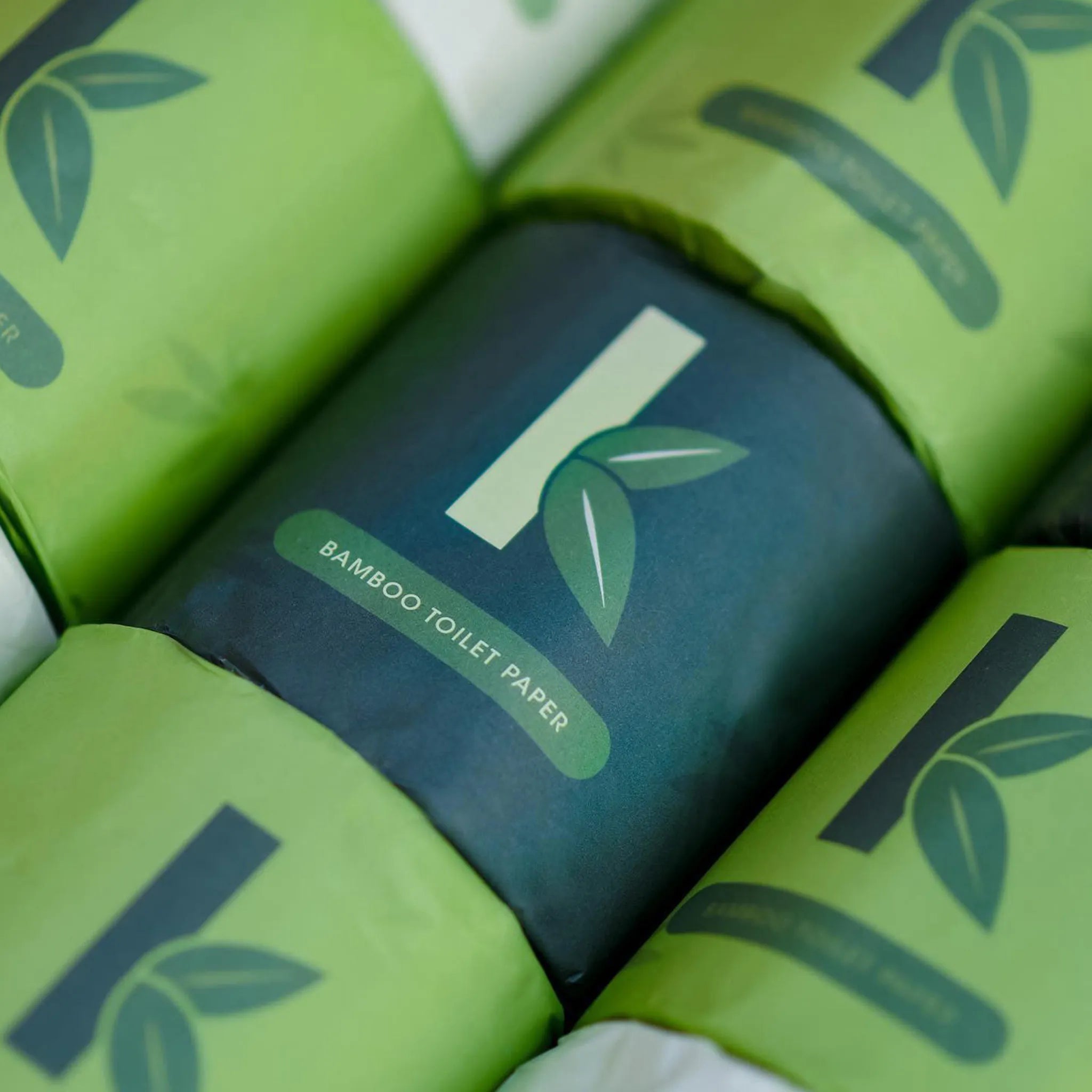
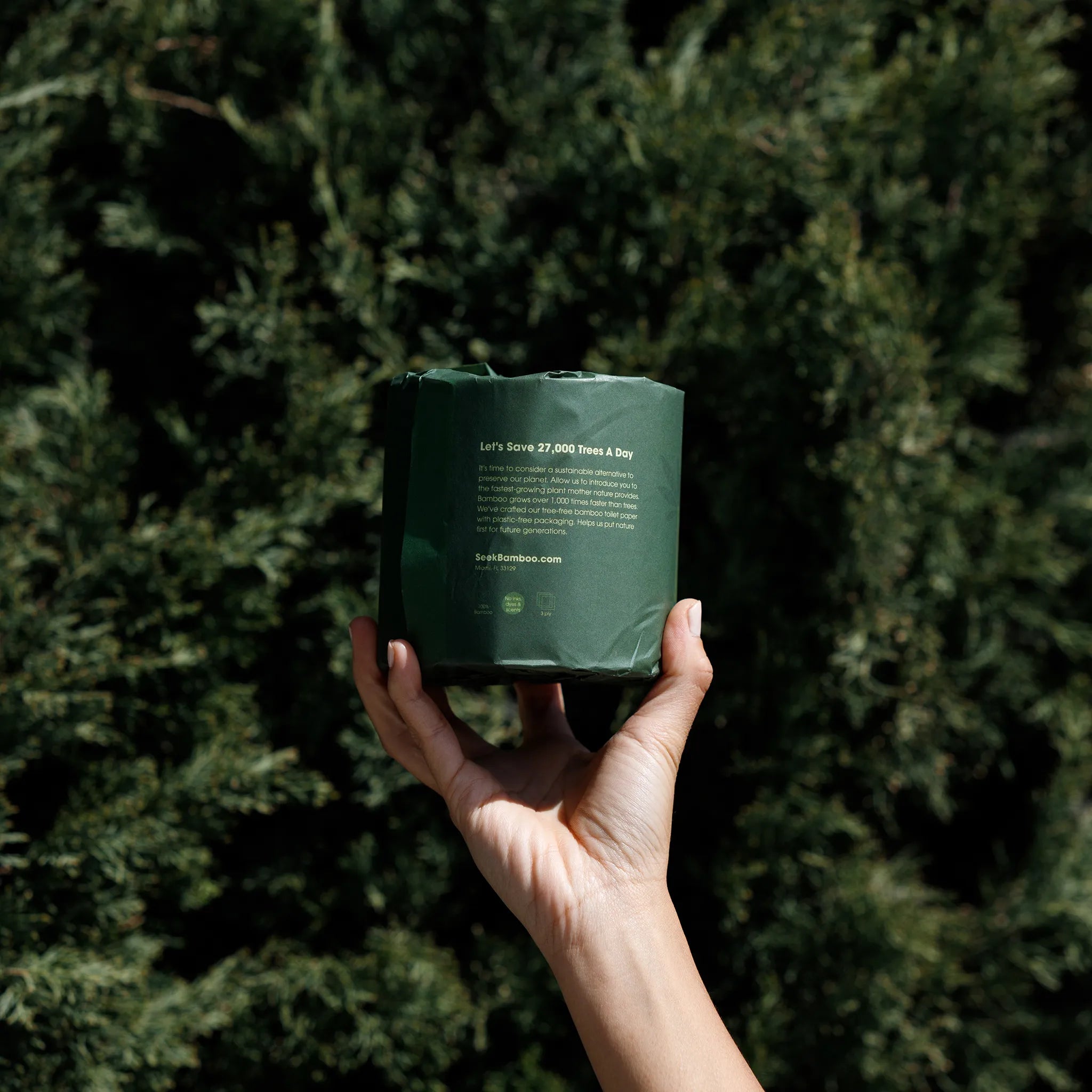

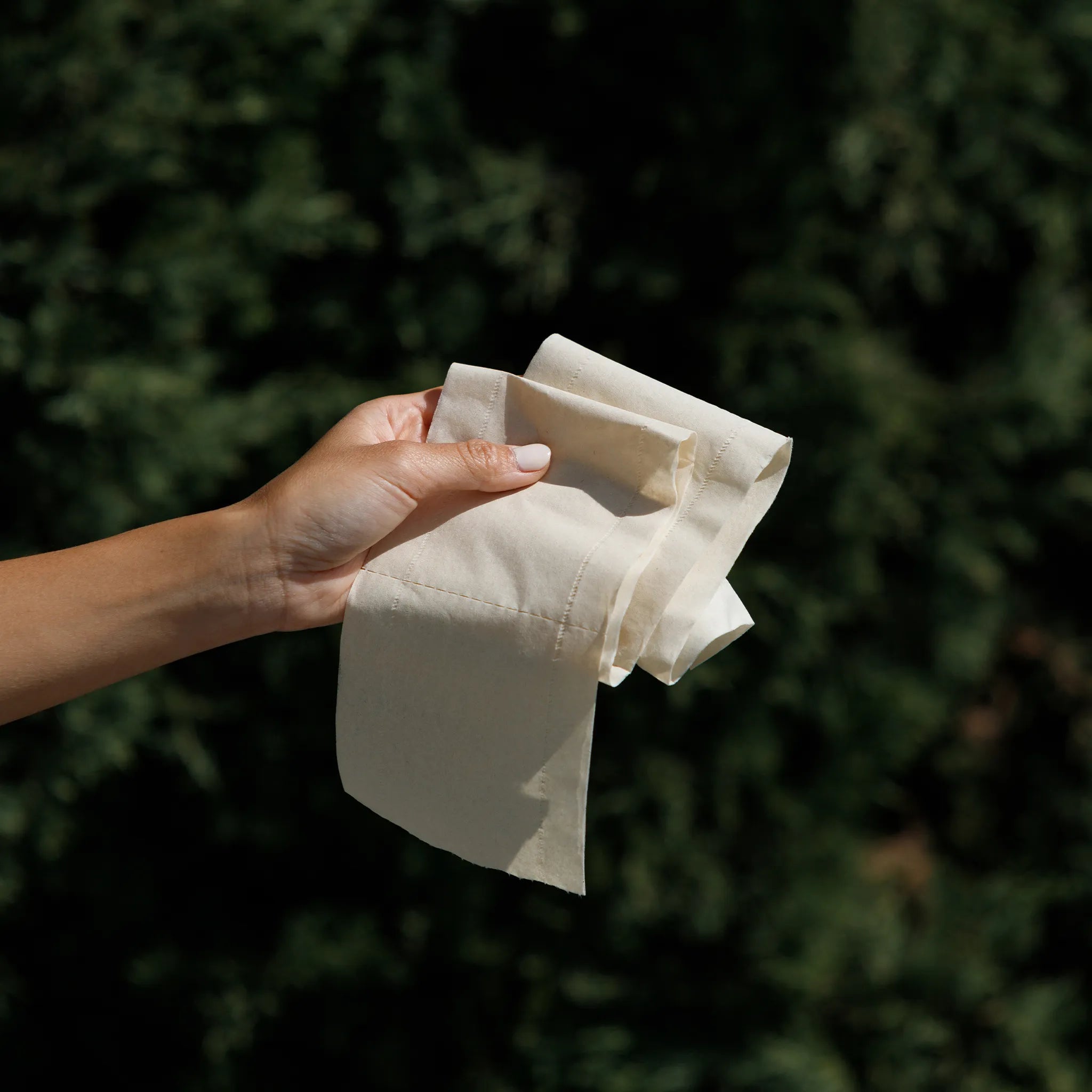
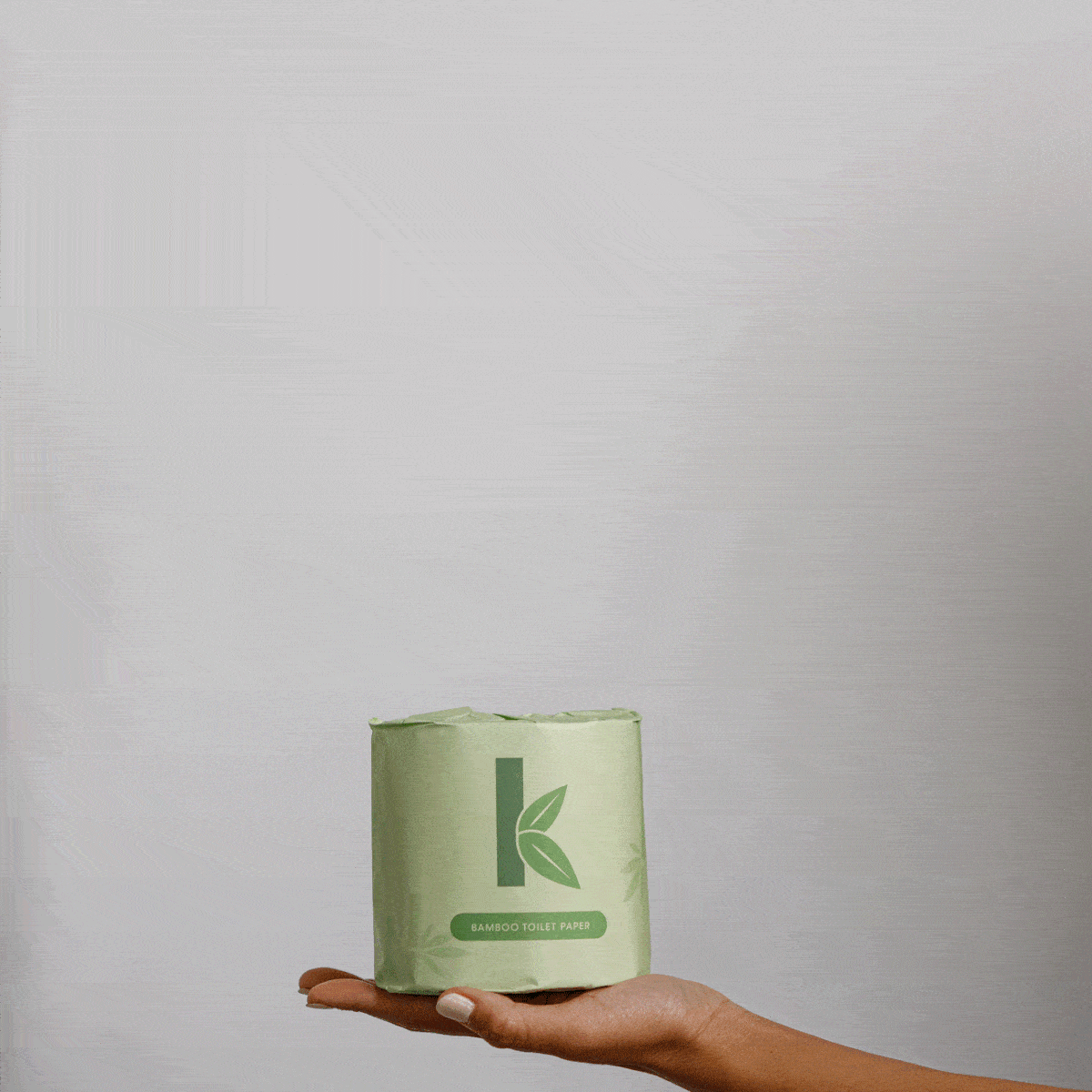
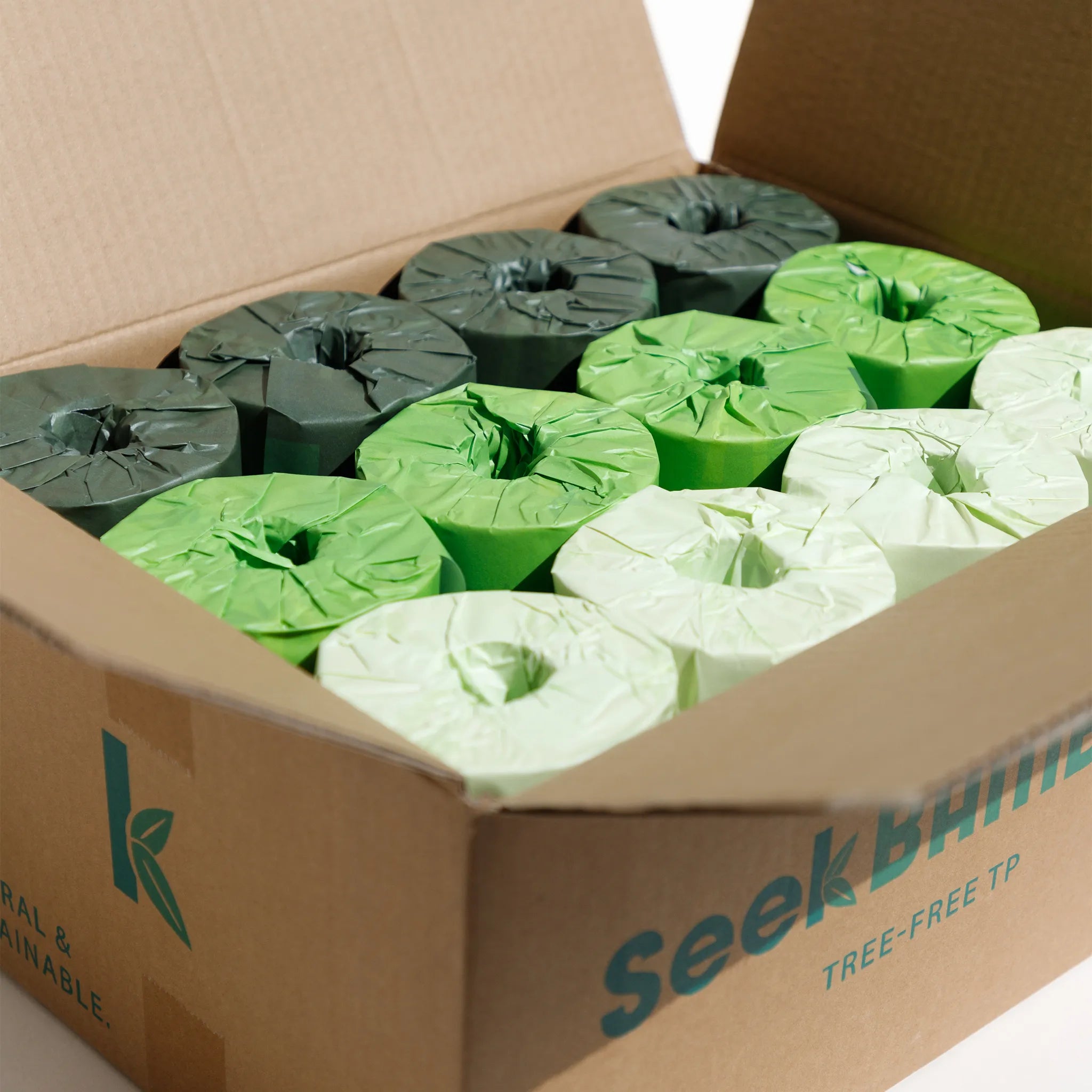
Premium Bamboo Toilet Paper
Description
✓ Free of BPA, PFAS, dyes, & fragrances
✓ Luxuriously layered 3-ply, 300 sheets per roll
✓ Naturally antibacterial, anti-fungal, & hypo-allergenic
✓ Hassle-free subscription. Cancel anytime, no paper trails
The Turbo Tales of Bamboo
FAQ - Bamboo Growth & Speed Insights
How tall can bamboo grow?
The tallest bamboo species can grow up to 100 feet (30 meters) tall. However, most bamboo species grow much shorter, typically between 10 and 30 feet (3 and 9 meters) tall.
How long does it take bamboo to grow?
The growth rate of bamboo varies depending on the species and the growing conditions. However, most bamboo species will reach their full height in 3-5 years.
What is the fastest growing bamboo species?
The fastest growing bamboo species is Moso bamboo (Phyllostachys edulis). It can grow up to 2.91 feet (89 centimeters) per day, or 1.5 inches (4 centimeters) per hour.
How do you make bamboo grow faster?
There are a few things you can do to make bamboo grow faster:
- Plant it in a sunny spot with well-drained soil.
- Water it regularly, especially during the growing season.
- Fertilize it every few months with a balanced fertilizer.
Does bamboo need sun?
Yes, bamboo needs at least 6 hours of sunlight per day to grow properly.
How much water does bamboo need?
Bamboo needs to be watered regularly, especially during the growing season. The amount of water it needs will vary depending on the climate and the type of soil it is planted in.
Is bamboo invasive?
Some species of bamboo can be invasive, especially in warm climates. It is important to research the species of bamboo you are considering planting to make sure it is not invasive in your area.
Is bamboo poisonous?
No, bamboo is not poisonous to humans or animals. However, some species of bamboo have sharp leaves that can cause cuts.
How does bamboo reproduce?
Bamboo can reproduce both sexually through flowers and seeds, and asexually through rhizomes (underground stems). Many species primarily reproduce through rhizomes.

The Ultimate Guide to Bamboo Toilet Paper
Dive into our Ultimate Guide to Bamboo Toilet Paper. Discover its tree-free benefits for the planet and your home, and why it's the smarter, greener choice.

Everything You Need To Know About Shampoo and Conditioner Bars
Many of us have a favorite shampoo or conditioner that keeps our hair and scalp healthy while leaving us feeling refreshed and clean each time we step into the shower. Sadly, too often, the sha...








